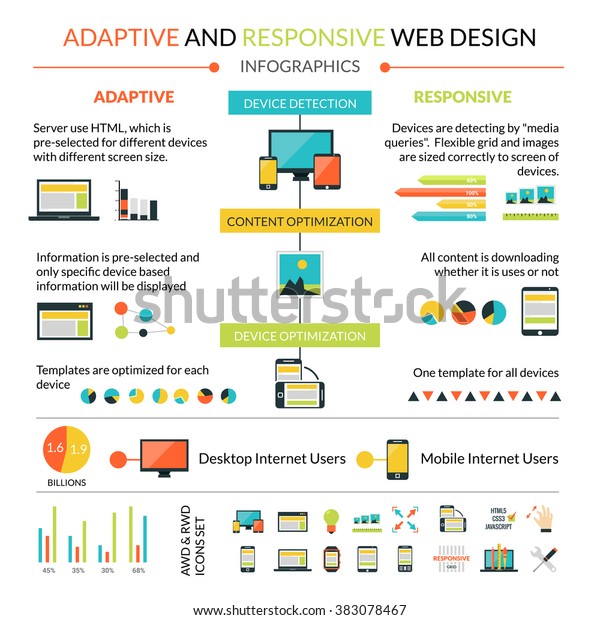Intrigued In Learning How Internet Site Layout Has Changed For Many Years? Discover The Development From Fundamental, Simple Styles To User-Centered Methods That Prioritize The Demands And Choices Of Online Site Visitors
Intrigued In Learning How Internet Site Layout Has Changed For Many Years? Discover The Development From Fundamental, Simple Styles To User-Centered Methods That Prioritize The Demands And Choices Of Online Site Visitors
Blog Article
Web Content Writer-Johansen Wren
In the past, web sites were basic and focused on info. Navigating was straight, and layout was for desktops. Currently, individual experience is vital. Data guides layouts for easy navigating. Receptive layouts fit different tools. Today, dark setting reduces strain, and minimal menus improve navigating. Interactive features involve users, and strong visuals stick out. AI assimilation boosts engagement. See how style has actually evolved to enhance your on the internet trip.
Early Days of Website Design
In the very early days of website design, simpleness preponderated. https://joomla-seo-plugins73951.blog2freedom.com/29881459/immerse-on-your-own-in-the-craft-of-producing-fascinating-ad-copy-including-attractive-headings-and-engaging-calls-to-action-to-push-your-pay-per-click-ppc-campaigns-towards-success were fundamental, with restricted shades, fonts, and designs. The emphasis got on offering details as opposed to fancy visuals. Individuals accessed the net via sluggish dial-up links, so speed and functionality were key.
Navigating menus were straightforward, typically situated at the top or side of the page. Sites were made for desktop, as mobile browsing wasn't yet widespread. Web content was king, and designers focused on simple readability over intricate style aspects.
HTML was the primary coding language utilized, and developers had to work within its restrictions. Computer animations and interactive attributes were marginal contrasted to today's criteria. Sites were static, with little dynamic content or personalized customer experiences.
Surge of User-Focused Style
With the evolution of internet site design, a shift towards user-focused design principles has actually come to be increasingly noticeable. Today, creating web sites that prioritize user experience is critical for engaging visitors and achieving organization goals. https://devinkfzvp.tokka-blog.com/30099464/open-the-full-capacity-of-your-website-by-using-insider-on-page-search-engine-optimization-methods-to-enhance-your-online-visibility-and-engage-your-target-market-properly -focused layout includes comprehending the needs, choices, and actions of your target audience to tailor the web site's design, content, and features accordingly.
Designers currently carry out thorough research study, such as user studies and usability testing, to collect understandings and feedback straight from individuals. This data-driven approach aids in creating intuitive navigation, clear calls-to-action, and aesthetically attractive user interfaces that reverberate with visitors. By placing the individual at the center of the layout procedure, websites can deliver an extra customized and delightful experience.
Receptive layout has actually likewise emerged as an essential element of user-focused layout, ensuring that internet sites are optimized for different devices and display dimensions. This versatility boosts accessibility and use, dealing with the diverse ways users engage with internet sites today. Essentially, the surge of user-focused design symbolizes a shift towards creating digital experiences that prioritize the requirements and expectations of the end user.
Modern Trends in Web Design
Explore the most up to date fads forming website design today. One popular pattern is dark setting style, offering a streamlined and modern-day look while lowering eye pressure in low-light environments. Another essential fad is minimal navigating, simplifying food selections and boosting user experience by focusing on essential elements. Integrating https://www.entrepreneur.com/article/375236 -interactions, such as computer animated switches or scrolling impacts, can develop a more engaging and interactive web site. Receptive design continues to be critical, guaranteeing smooth user experiences throughout various devices. Additionally, making use of vibrant typography and asymmetrical designs can add visual passion and accentuate details web content.
Integrating AI innovation, like chatbots for consumer support or individualized recommendations, improves user interaction and simplifies procedures. Ease of access has also end up being a significant pattern, with designers focusing on comprehensive design practices to accommodate varied customer demands. Accepting sustainability by enhancing website efficiency for rate and efficiency is an additional arising pattern in website design. Working together with individual feedback and data analytics to iterate and enhance style constantly is vital for remaining relevant in the ever-evolving electronic landscape. By accepting these modern-day trends, you can develop an aesthetically attractive, straightforward internet site that reverberates with your target market.
Verdict
As you reflect on the development of internet site design from the very early days to currently, you can see how user-focused design has become the driving pressure behind contemporary trends.
Embrace the journey of adjustment and adjustment in web design, constantly maintaining the customer experience at the leading edge.
Keep existing with the most up to date trends and modern technologies, and never ever quit evolving your approach to develop visually sensational and easy to use sites.
Develop, adjust, and produce - the future of website design remains in your hands.
